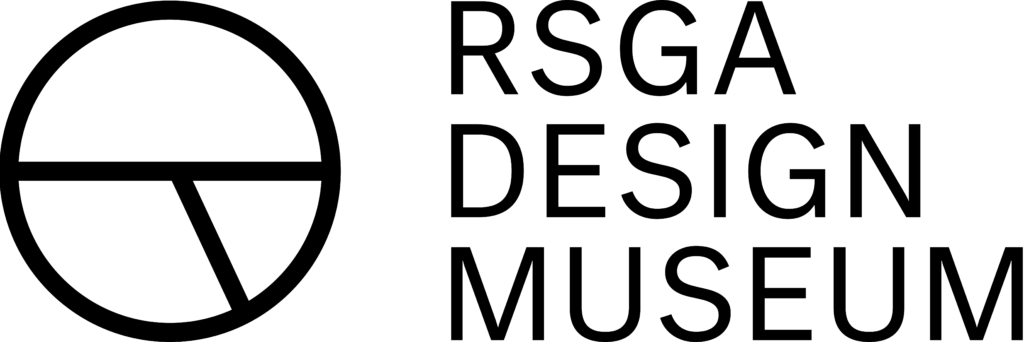
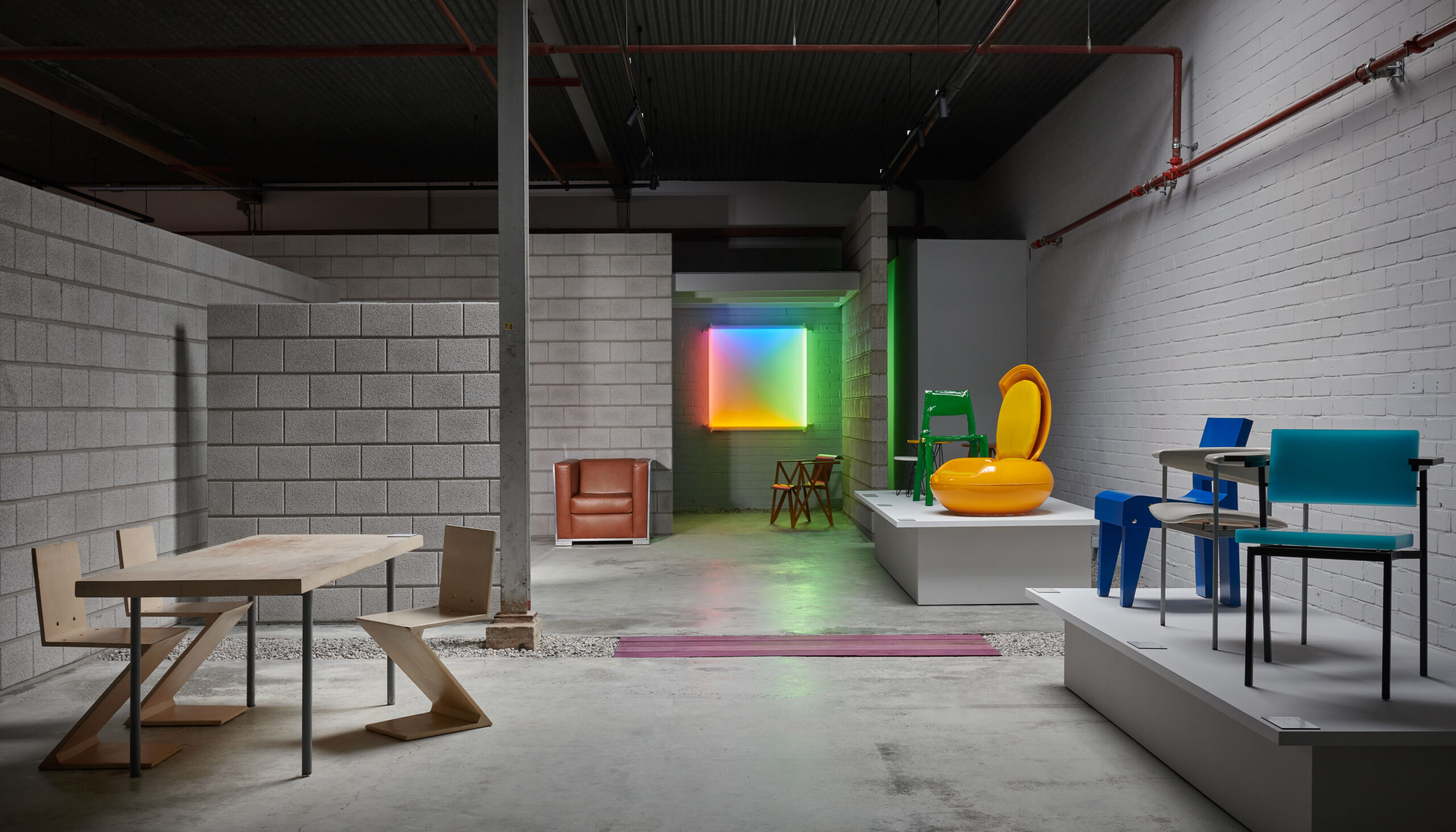
The RSGA Design Museum is an independent museum focused on designer chairs. The collection primarily features modern and contemporary Dutch chairs with a unique origin or story. In the factory where furniture is crafted daily, architect Maurice van Bakel transformed the old sawmill into a transparent exhibition space.
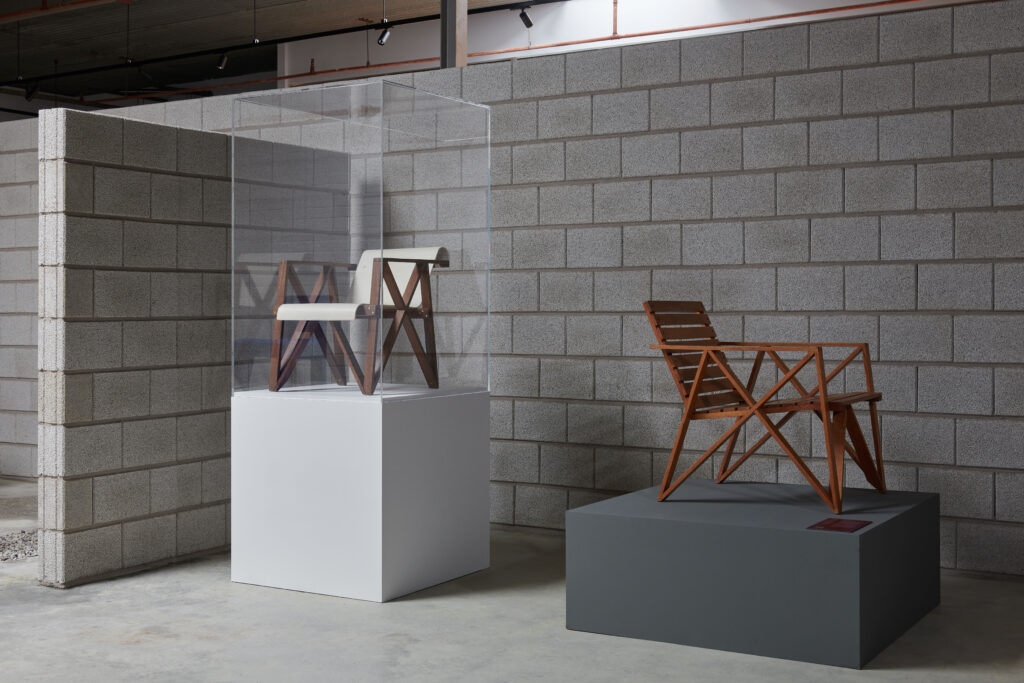
COLLECTION
The collection has three main themes: The Wall of Chairs showcases chairs from Dutch designers or manufacturers. In the center of the space are our special pieces by Gerrit Rietveld surrounding a grid inspired by Rietveld’s Sonsbeek pavilion. Under the umbrella term Contemporary Experimental, a changing series of contemporary chairs is on display.
Book a time slot for your visit here
If you would like to be kept informed of the progress, you can sign up for our newsletter here
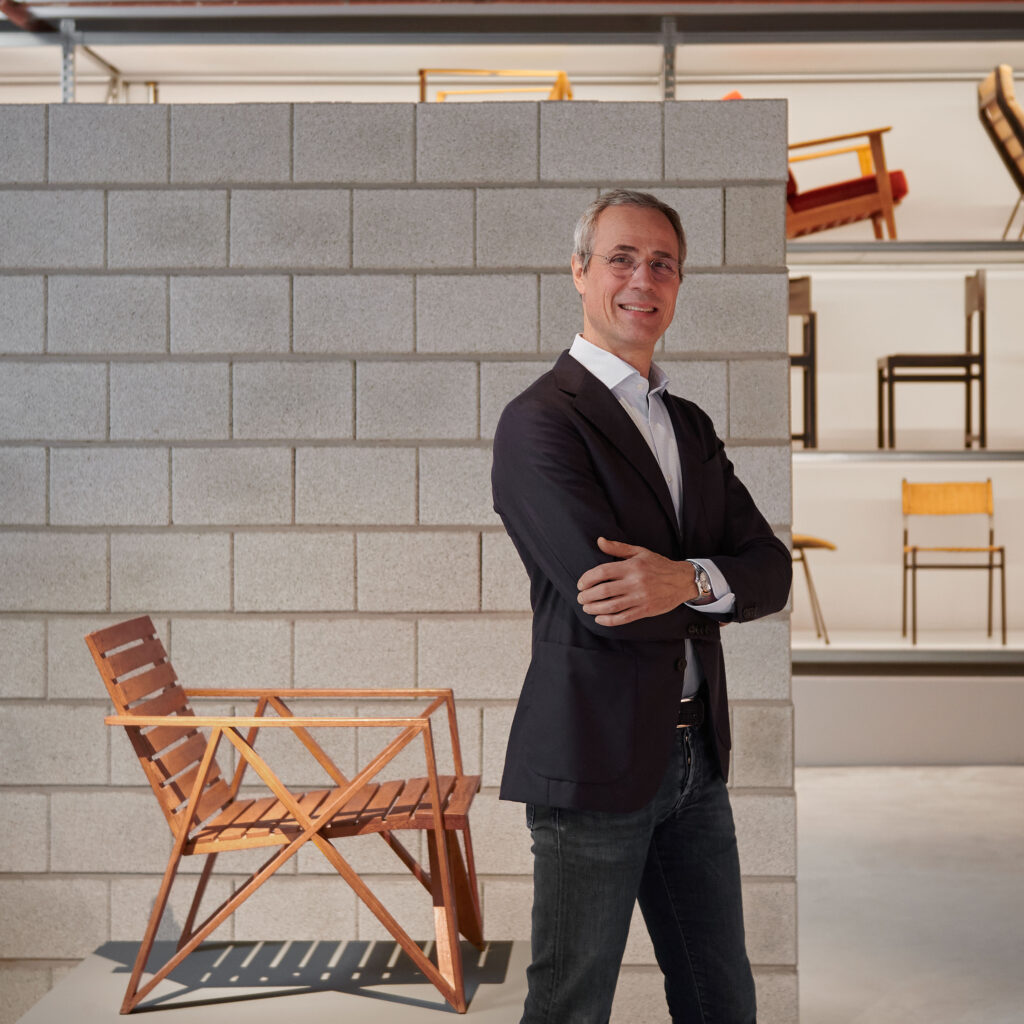
ICONIC DESIGNS
The RSGA Design Museum displays the chair collection of RSGA founder Titus Darley. As a furniture manufacturer, he shifted his initially personal associative collection of perspectives. In addition to collecting contemporary design, he actively focuses on the heritage associated with the history of RSGA: furniture from Rietveld Originals, Spectrum, Gelderland, and lighting from Atelier Artiforte. By portraying the development of that design history, the context within which iconic designs emerged becomes visible.
VISIT THE MUSEUM
The RSGA Design Museum opened in March 2024. The museum will be open for limited and by appointment during the run-up period. The museum will have limited opening hours during the lead-up period and will be open by appointment. You can easily and free of charge book available time slots for a visit via this link. A visit to the museum can potentially be combined with a visit to the RSGA showroom, where a selection from the museum’s collection is also on display. Stay updated on the development of the collection through our Instagram account @rsgadesignmuseum. We post a weekly message highlighting designs from the collection.
Adres:
RSGA Design
Industrieweg 15
4104 AP Culemborg
VOLUNTEERS
The RSGA Museum is a private and independent initiative. We are always looking for volunteers who enjoy helping in the museum. We seek assistance in areas such as:
- Welcoming guests
- Documenting the collection
- Technical maintenance
- Furniture restoration
If you enjoy contributing to a small and involved organization, please contact us at museum@rsgadesign.com As a volunteer, you are a valued member of the RSGA family and are welcome to participate in various activities we organize.
DISCOVER THE COLLECTION
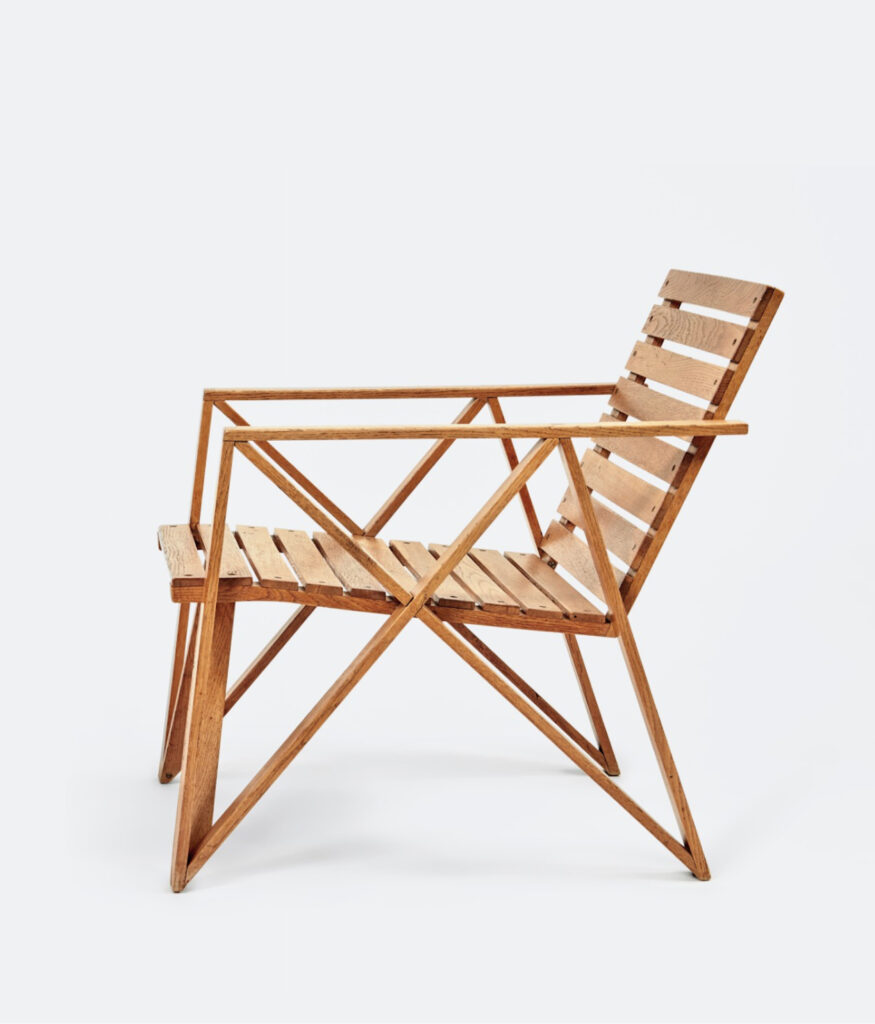
Amsterda | 1942
Gerrit Rietveld
During the Second World War, Rietveld was commissioned by the Amsterdam bank to furnish its staff room but was not allowed to carry it out by the German occupiers. Besides our armchair, there is only one other example in the collection of Stedelijk Museum Amsterdam. Our armchair has an excellent provenance. It originally came from Rietveld’s contractor Coen Moolenbeek and was purchased by us in the autumn of 2021 from the collection of fabric manufacturer Michael Maharam. Based on this model, Rietveld has made a number of variants, including one for department store Metz & Co.
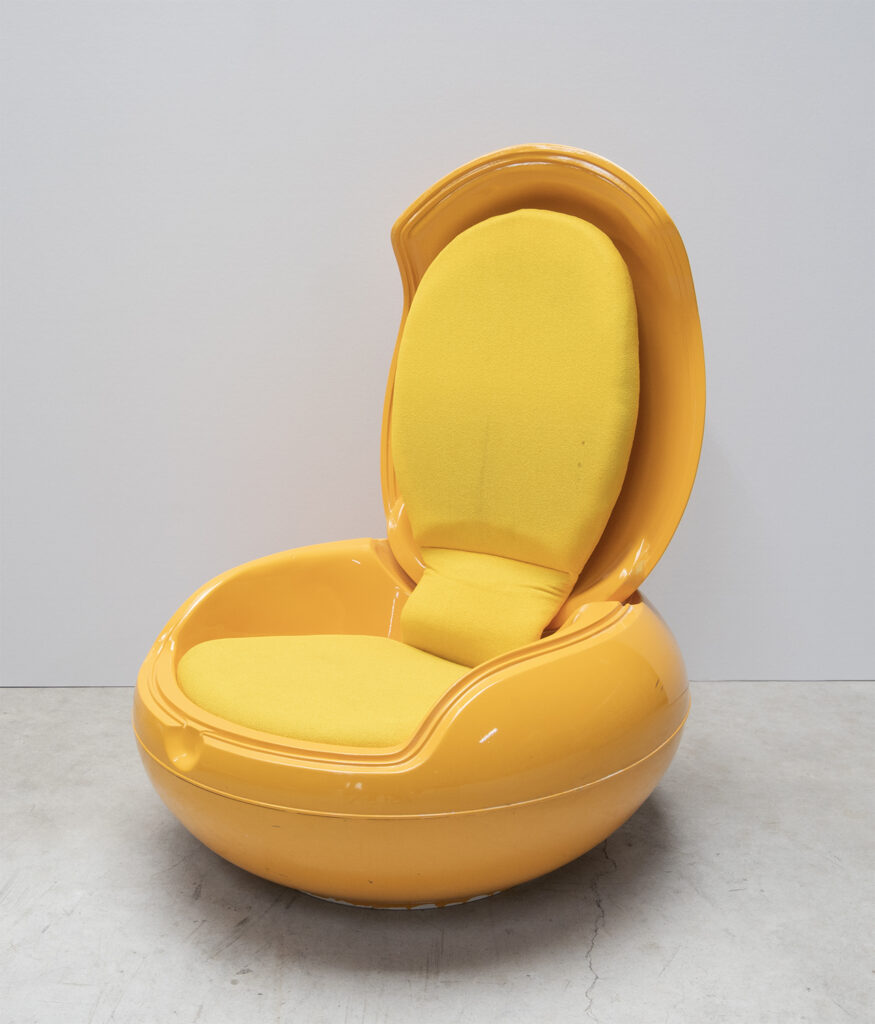
Garden Egg | 1967/1968
Peter Ghyczy
The Garden Egg chair was one of the very first designs of the Hungarian designer Peter Ghyczy. The design incorporates features typical of the period: a space age look, UFO-like form, bright coloured plastic laquer, portability and the informal lounging quality of the low seat. Our chair is one of a set of two identical chairs that were produced in East Germany and remained in the family’s possession. The other chair was acquired in 2008 by the V&A Museum in London.
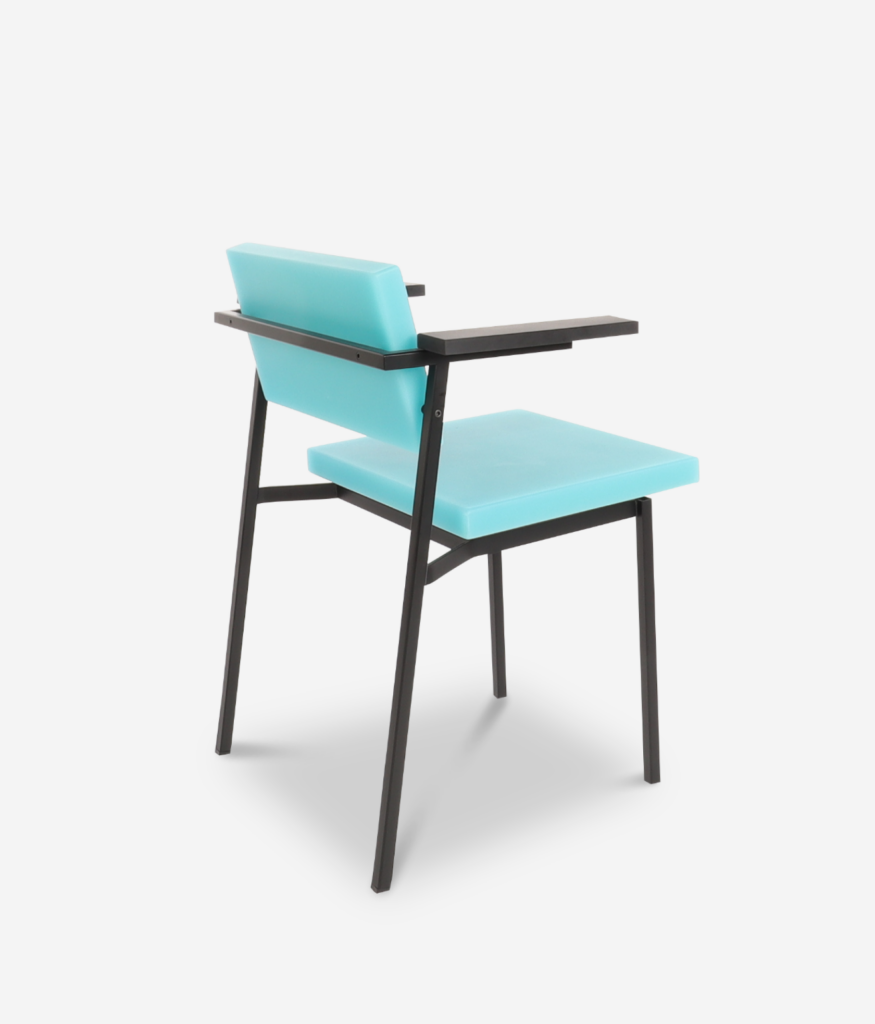
SE 69 Soap Series | 2019
Sabine Marcelis
Sabine Marcelis transformed Martin Visser’s iconic SE 69 chair without changing the essentials. Her use of resin is complementary to the design. It emphasizes the strong lines of the chair at the same time the resin gives it the look of a soft touch. The opaque look, bold colour and simple shapes are characteristic for Marcelis’ work. The blue version in our collection is #25 of a Limited Edition of 25.
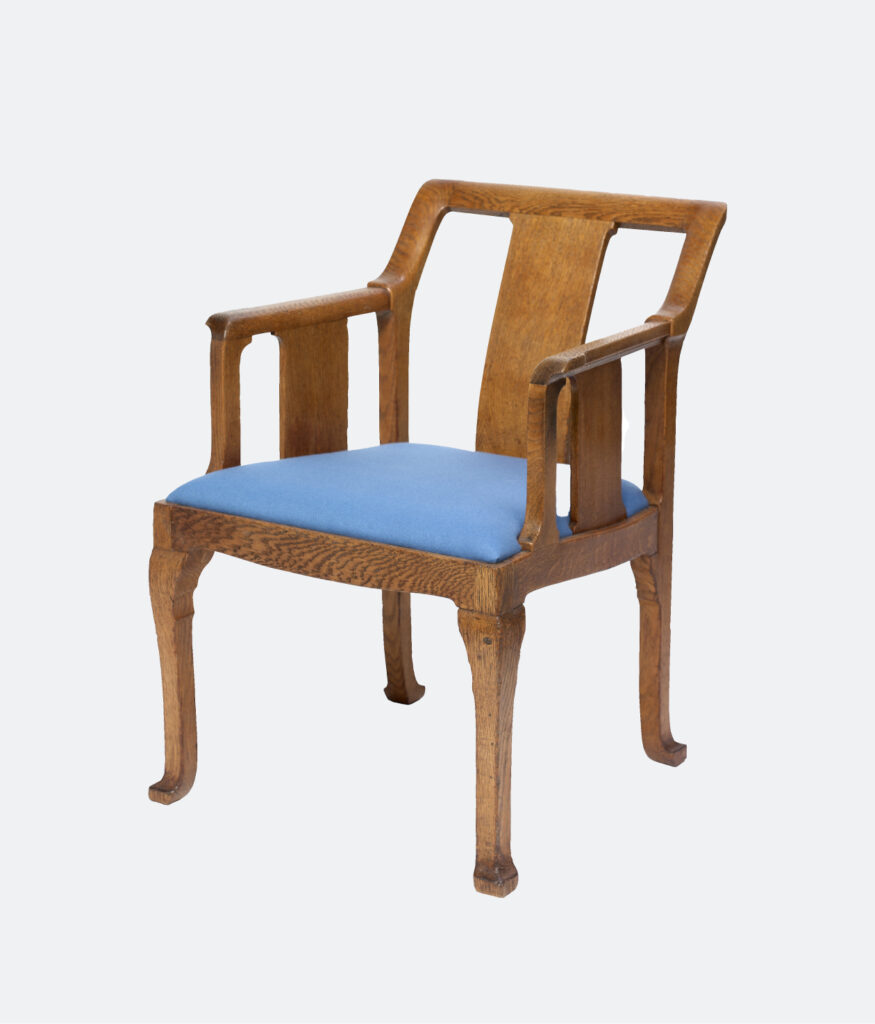
Begeer stoel | 1919
Gerrit Rietveld
The Begeer chairs are one of the oldest in our collection. Rietveld designed them in 1919 for the interior of the Begeer jewelry shop in Utrecht, his first employer and later client. They clearly show the craftsmanship style of Rietvelds father but also his wish to simplify and straighten the lines in his designs. Our set of two was a wedding gift for his sister Marie Pesman-Rietveld. Acquired directly from the family in 2014.
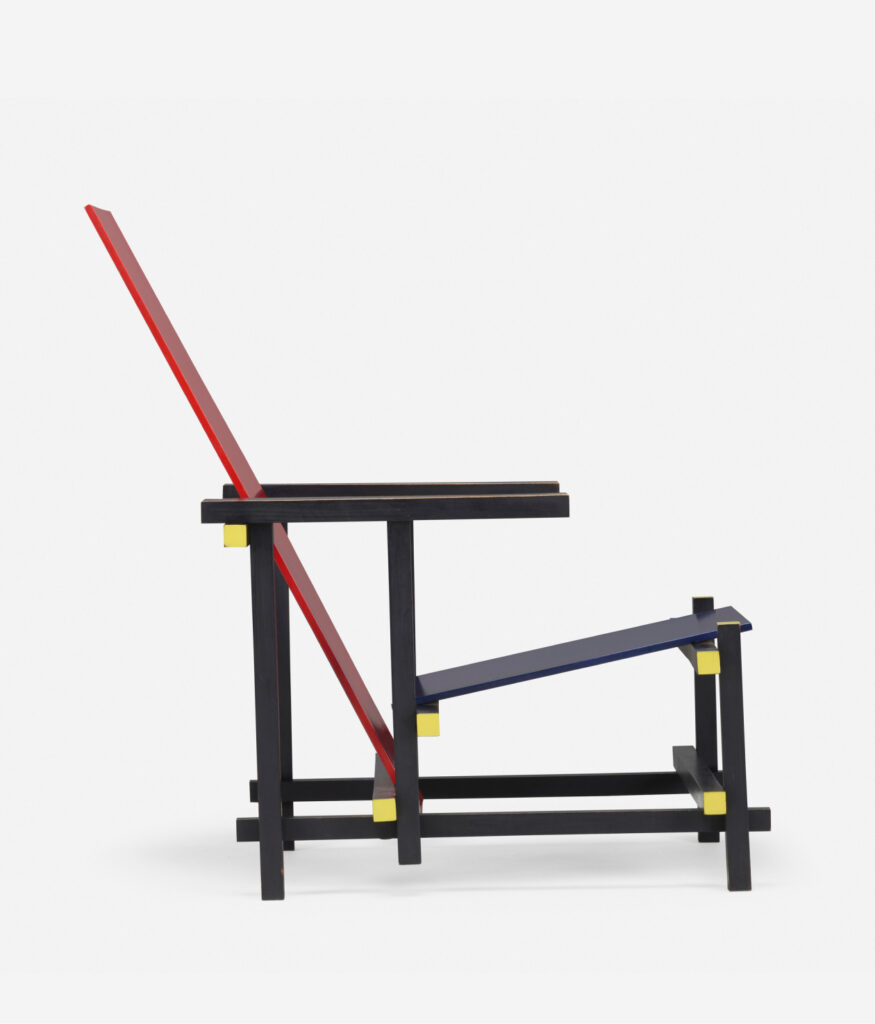
Red Blue Chair | 1918
Gerrit Rietveld
This Red & Blue chair made by Gerard van de Groenekan in 1969 for George Sadek, Dean of the Cooper Union School of Art & Architecture in New York. Sadek kept the chair in his office until his death in 2007. The provenance includes correspondence with the Stedelijk Museum Amsterdam, Van de Groenekan and Dutch relative Rudie Cortissos who helped Sadek in 1989 with the later added but original burn mark on the chair.
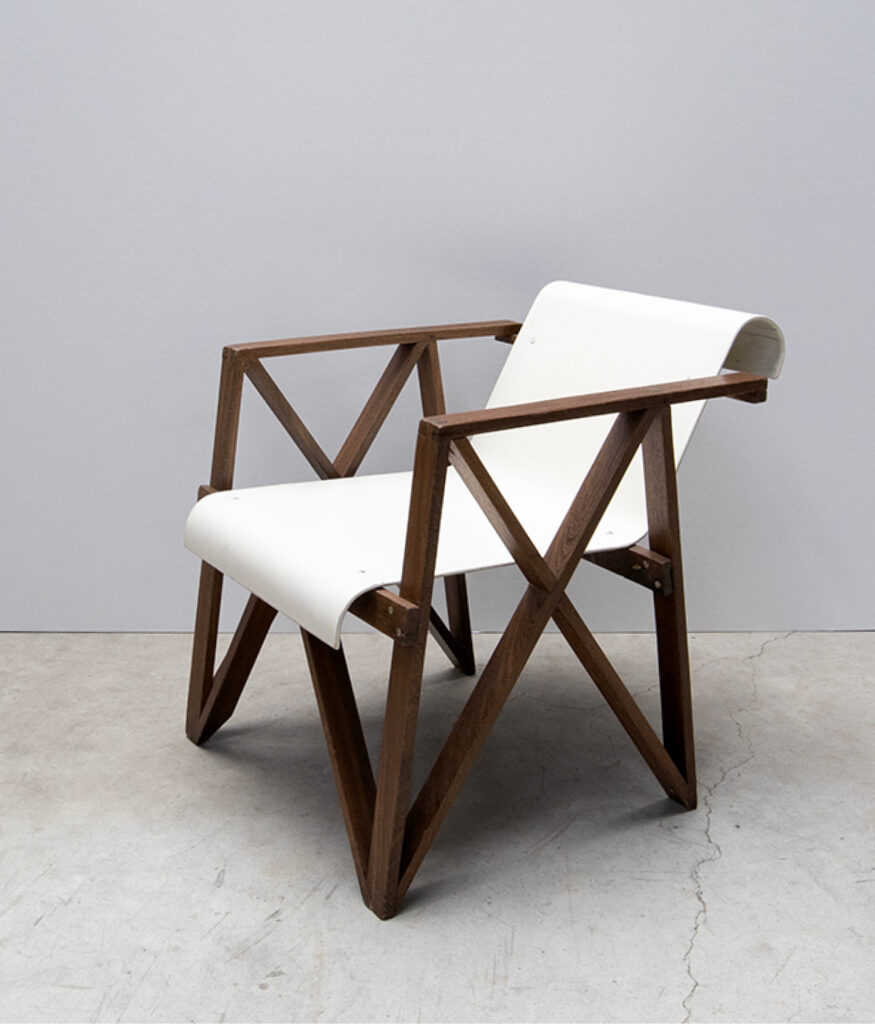
Metz Fauteuil | 1942
Gerrit Rietveld
Currently on display in the Centraal Museum Utrecht. There are only two known original editions of this chair. Designed and produced during the war, Rietveld replaced the seat by one from his famous Beugelchair in his ‘Amsterda’ chair. This chair is most likely a study for prototype for Rietveld the upholstered edition of this chair for the Metz & Co department-store. The other chair is in the collection of the Stedelijk Museum Amsterdam.

Spectrum Dordrecht | 1947
Wim van Gelderen
The Dordrecht armchair is a design from 1947 by Wim van Gelderen. It is Spectrum’s first upholstered armchair. A real post-war furniture design intended for mass production. It is the prelude to the use of standard materials such as plywood in designing practical and comfortable furniture. An example of knock-down furniture. There is also a version with armrests: The Sliedrecht armchair.

Knotted Chair | 1996
Marcel Wanders
The Knotted chair originated from the Dry Tech I project of the famous design label Droog in 1996. The chair is made of a cord consisting of ultra-strong aramid and ultra-light carbon fiber. The knotted chair was given an invisible construction by soaking it in epoxy and allowing it to harden. Wanders created the shape of the backrest and seat by hanging the armchair to dry. The resulting sturdy armchair weighs only 1.4 kilos.

Deense stoel | 1946-1950
Gerrit Rietveld
The Danish chair was reputedly designed for the headquarters Tomado in Dordrecht, Worldwide there are 10 examples with a different colour palettes. This characteristically reductive design was first published in 1946. With the Danish chair Rietveld clearly followed experiments in moulded plywood developed by Charles & Ray Eames in California, 1945. Our chair was commissioned by the Dutch Sculptor Wessel Couzijn. It was acquired for our collection from the collection of the American designer Michael Boyd.

